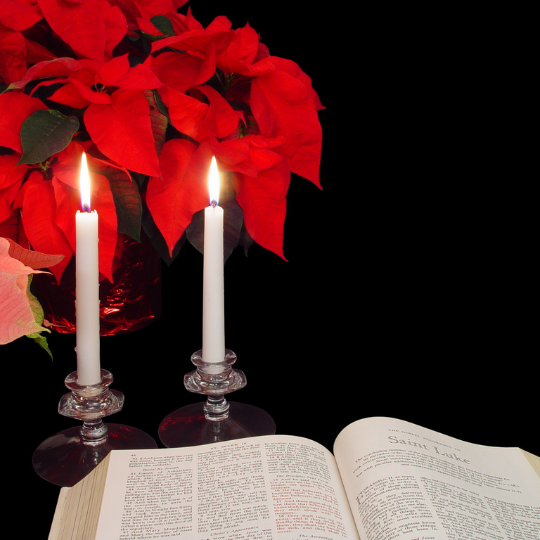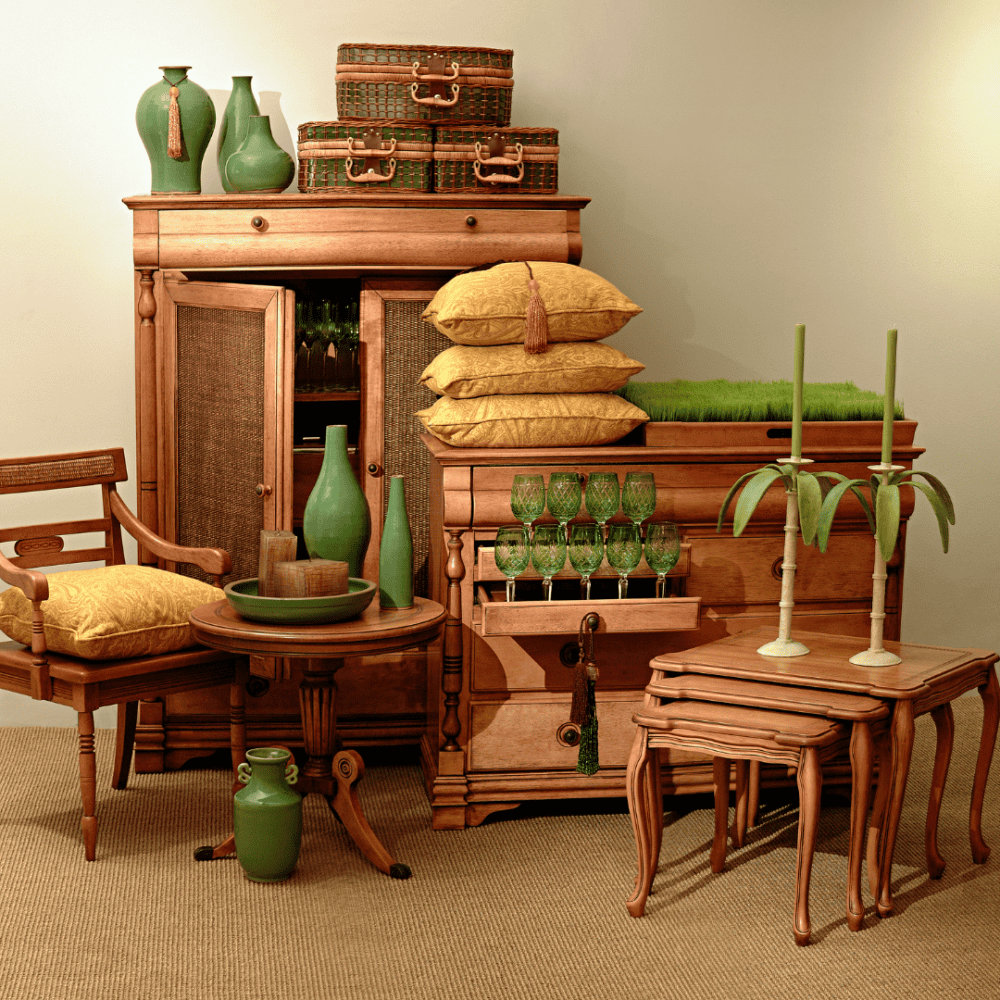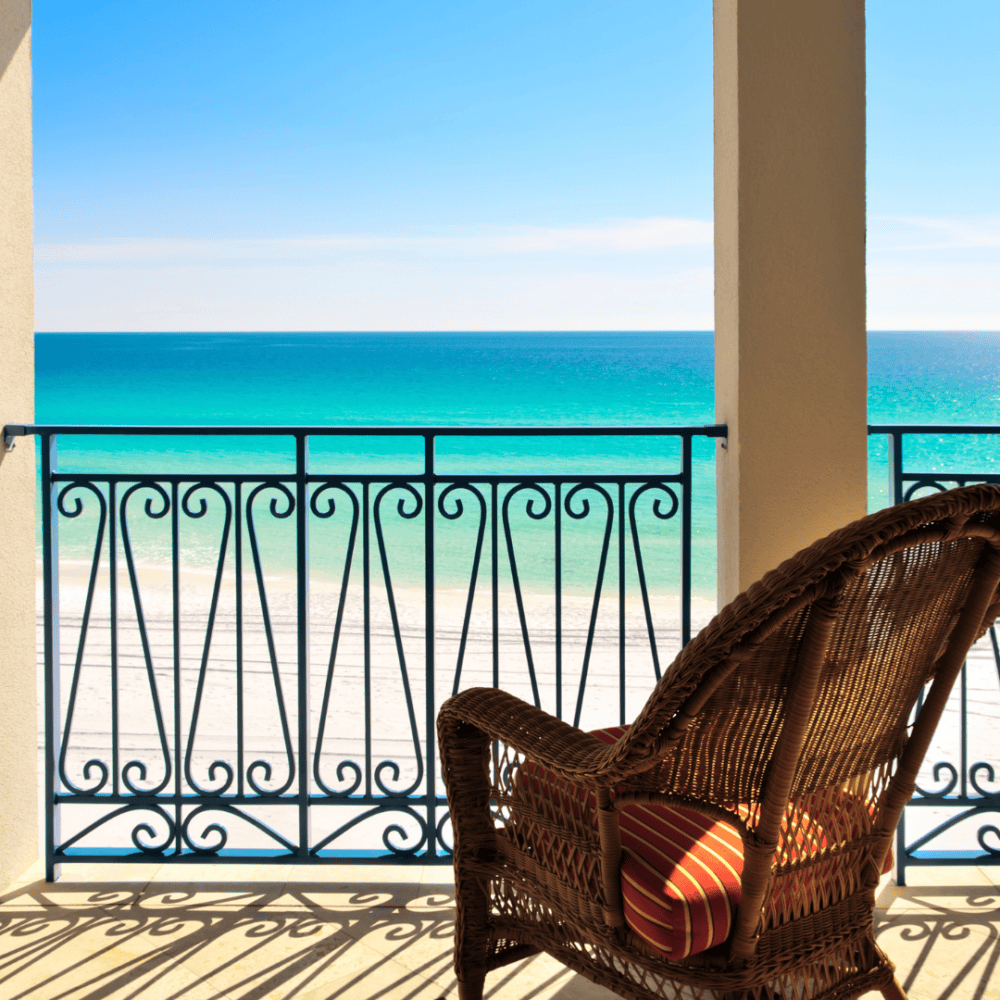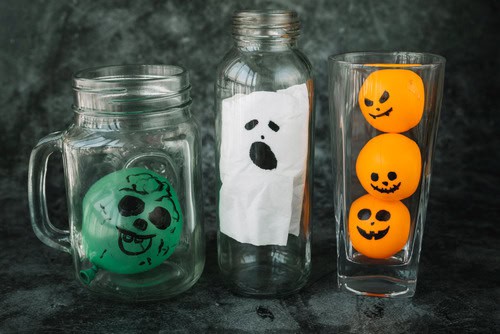
Table of Contents
Halloween is one of the most popular holidays in the world, celebrated on October 31st with costumes, parties, and family-friendly activities. But the history of Halloween is much deeper than just candy and spooky decorations. Understanding the ancient traditions reveals how this ancient festival transformed into the vibrant celebration we know today.
The Ancient Origins and Roots of Halloween
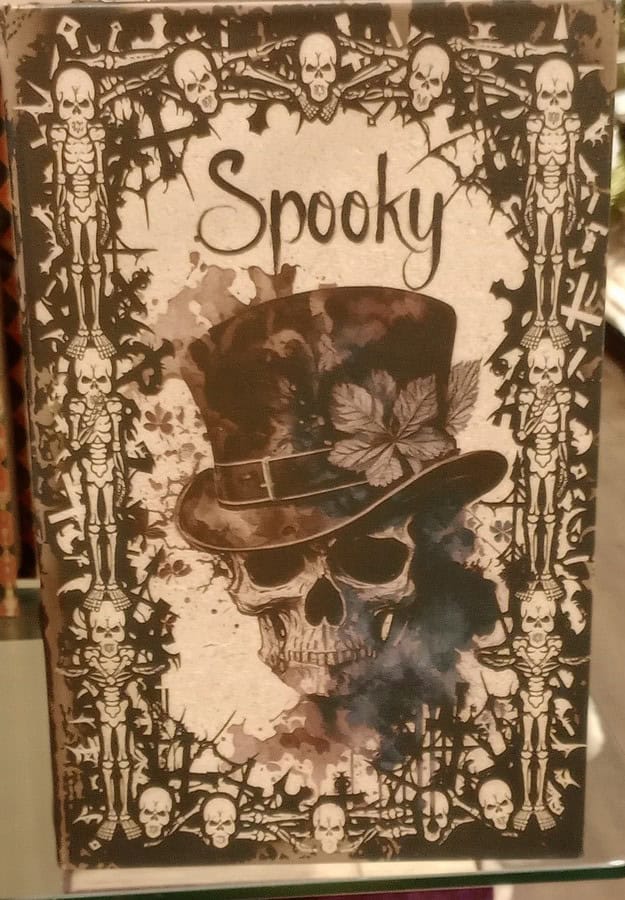
The roots of Halloween can be traced back to the ancient Celtic festival of Samhain, which was observed in Celtic lands more than 2,000 years ago. This festival of the dead was both spiritual and practical:
- Samhain marked the end of end of the harvest season and the Celtic year.
- The Celts believed that on the night of October 31st, the boundary between the living and the dead blurred. Spirits could walk among the living.
- To protect themselves, ancient Celts lit a massive bonfire and performed ancient Celtic rituals.
This Celtic celebration of Samhain was not only a pagan festival but also a fire festival. Samhain was celebrated with costumes, animal sacrifices, and offerings to appease spirits. The celebrations symbolized the beginning of the dark half of the year. These ancient Celtic traditions deeply influenced many customs of Halloween still recognized today.
From Pagan Traditions to Christian Influence
As Christianity spread, church leaders sought to replace pagan traditions with Christian observances. In the 7th century, Pope Gregory declared November 1 as All Saints’ Day. Later, Pope Gregory III expanded the day to honor all saints. This change shifted Samhain into All Hallows’ Eve, which eventually became Halloween. The history of Halloween, therefore blends ancient Celtic roots with Christian practices, creating a rich history of transformation.
Halloween Start in America
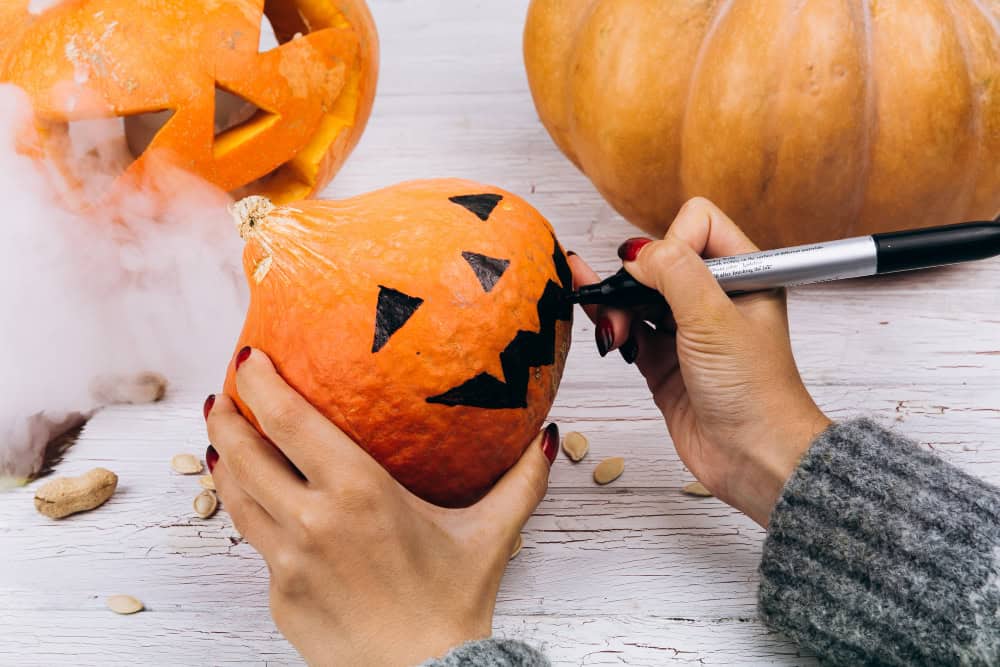
Halloween began in North America with Irish and Scottish immigrants in the 19th century. They brought along celtic traditions such as turnip carving, which eventually turned into the pumpkin jack-o’-lantern because pumpkins were easier to carve. Over time, halloween in the United States developed into a community-centered festival. American Halloween celebrations included parades, parties, and trick-or-treating, a practice that can be traced back to the ancient custom of “Souling.”
Halloween Traditions and Customs
Many Halloween customs that we know today still echo the ancient celtic roots. Among the most popular are:
- Halloween costumes: Once worn to confuse spirits, now worn for fun. The costume has become central to the fun of Halloween.
- Pumpkin carving: Inspired by the legend of Stingy Jack and originally a turnip tradition. Carving pumpkins is now one of the most iconic halloween traditions.
- Trick-or-treating: A playful tradition where children ask for candy, which evolved from ancient practices.
These activities show how the Halloween we all know has become a mix of folklore, Christian influence, and modern day fun.
From Ancient Festival to Modern Celebration
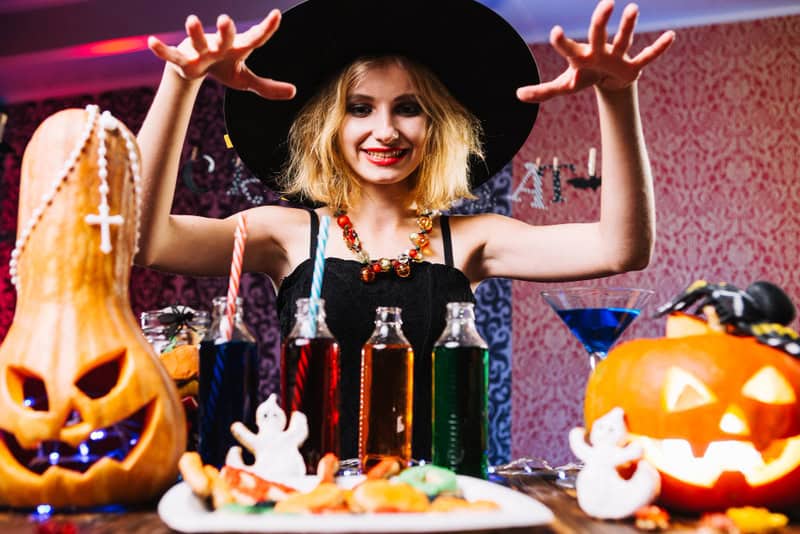
Today Halloween is a world wide festival celebrated in many forms. Some cultures even link it to the Day of the Dead, while others treat it as pure entertainment.
- Haunted House Parties: Halloween celebrations today include haunted houses, parties, and elaborate halloween decorations.
- Apple Bobbing: The goddess of fruit and trees was once honoured with apple-bobbing games, a tradition still associated with Halloween.
- Halloween has transformed dramatically over the years, evolving into a annual celebration where families, children, and adults come together for tremendous fun.
Halloween Goes from Ancient Traditions to Modern
When we celebrate Halloween today, we honor not just costumes and candy but thousands of years of heritage. Halloween goes back years to the ancient Celtic world, yet it continues to evolve. Halloween is celebrated in North America and across the globe.
The fascinating history of Halloween shows us that it can be traced back to the ancient celtic festivals, but the modern celebration brings people together for fun and creativity. Halloween continues to thrive as one of the most popular celebrations.
The Future of Halloween Celebrations
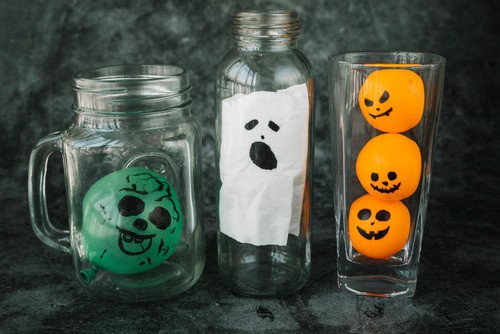
As we look ahead to the future celebrations, it’s fascinating to consider how modern-day Halloween is evolving while still paying homage to its rich history. Sustainability is becoming a key focus in Halloween festivities. As awareness grows around environmental issues, many are opting for eco-friendly decorations and costumes made from recycled materials.
This shift not only respects the history of Halloween but also ensures that future generations can enjoy the spooky season without compromising the planet. Communities are likely to see a rise in local events that emphasize shared experiences over consumerism, fostering connections and creativity in ways that celebrate both tradition and modern values. As we embrace these changes, the future of Halloween promises to be just as exciting as it is responsible.
Conclusion
Beyond the fun and fright, Halloween plays an important role in connecting communities and passing down cultural traditions. It’s a holiday that encourages imagination, creativity, and a playful embrace of the mysterious. Whether you celebrate with a scary movie marathon, a costume contest, or simply handing out candy to trick-or-treaters, Halloween continues to blend history with a modern day of family fun.

